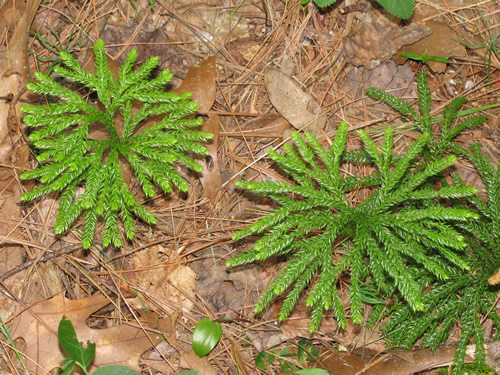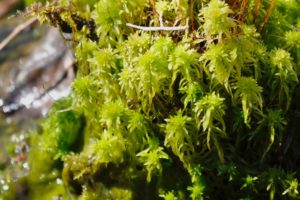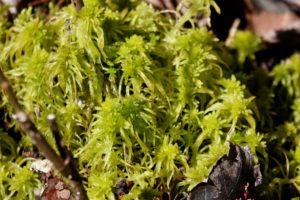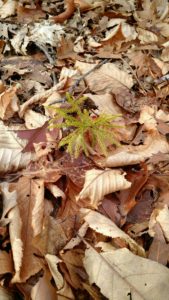Sightings – Moss
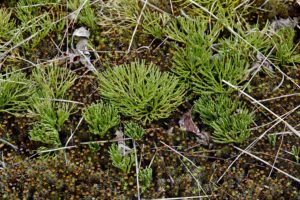
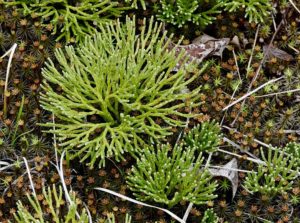
Observer: Paul Lauenstein
Observation Date: 4/26/24
Observation Time: 10:15 a.m.
Observation Location: Moose Hill Audubon Wildlife Sanctuary (boardwalk)
Common Name: Crome Sphagnum Moss
Scientific Name: Sphagnum squarrosum
Comment: This is our largest Sphagnum and one you’re not likely to confuse with much else. It is widespread in Europe, from the high Arctic to the deciduous forest zone, and it’s also found in Northern Asia and N America, including continental interiors.
More Information: British Bryological Society
Observer: Kathy Farrell
Observation Date: 1/5/17
Observation Time: N/A
Observation Location: Path off Mountain Street, Sharon
Common Name: Ground Pine Club Moss (a.k.a. Princess Pine)
Scientific Name: Lycopodium obscurum
Comment: Also known as a “princess pine.” It looks like a baby pine tree, and stays green even in the winter.
More Information: Wikipedia
Observer: Paul Lauenstein
Observation Date: 6/24/10
Observation Time: 3:40 p.m.
Observation Location: Beaver Brook near tennis courts
Common Name: Princess pine
Scientific Name: Dendrolycopodium obscurum
Comments: Despite its name and pine-like appearance, princess pine is not related to pine trees. It’s actually a type of clubmoss, an ancient group of plants that had its heyday long before there were pines, dinosaurs, or flowering plants. Also known as “ground cedar,” it is also called “fan clubmoss” because of its fan-like branches. It grows from a creeping stem at the soil surface.
More Information: Westborough Land Trust
